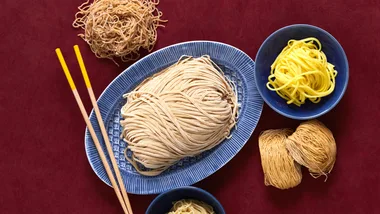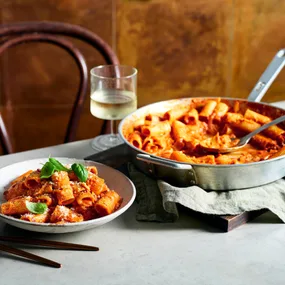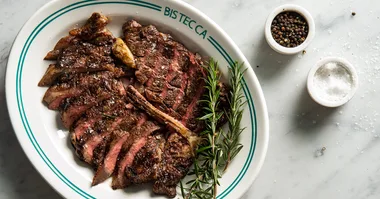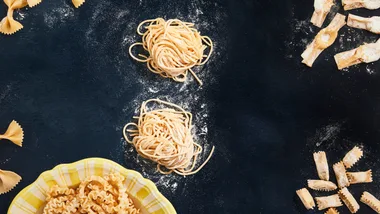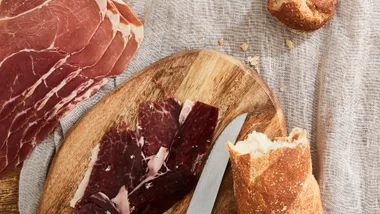WHAT TO PLANT IN EARLY AUTUMN
Temperate:
Beetroot seed
Bok Choy/Pak Choi seedling
Broad Beans seed
Broccoli seedling
Brussels Sprouts seed
Cabbage seed
Carrot seed
Cauliflower seed
Celery seedling
Coriander seedling
Fennel seedling
Garlic (bulbs)
Herbs (all except basil) seedling
Kale seedling
Lettuce seedling
Parsnip seed
Peas seed
Radish seed
Rocket seedling
Silverbeet seedling
Spinach seedling
Spring onion seedling
Strawberry seedling
Swede seed
Turnip seed
Whether you love, hate or are ambivalent about kale seems to hinge on how long you’ve known it, and the relationship you’ve shared with it. If you have lived in the UK and tried allotment gardening, for example, you’d know that kale is about the only thing that survives during the winter. In this case it will rekindle memories of cold, wet winters infused with the smell of boiled kale. Most Australians, however, would have become familiar with it in the last decade and nowadays it has taken on superfood status.
In my youth, I knew kale’s Italian cousin, the sexier-sounding cavolo nero. I love eatingraw broccoli, cauliflower and cabbage – in fact,anything from the brassica family – so kale always has a place in my garden. I think of it fondly as the silverbeet of the brassicas, because where most winter crops fall over, kale stands tall.
See our best kale recipes here.
To grow kale it’s best to begin in the autumn months so March is ideal. While it will survive and even thrive in the toughest of winters, and summers for that matter, it prefers the cooler soil and even moisture of autumn.
When growing kale from seed, plant two seeds per individual seed cell and then water them in. The key to propagating seeds is providing constant moisture and even temperature, so placing your seed in a mini greenhouse is ideal. After seven to 10 days the seeds will germinate and if both pop up, cull the weaker.
Continue regular watering and a controlled environment and after two or three weeks the kale will be seedlings. At this point find it a permanent position in your garden.
Kale will outlast all other cool-season annuals, and continue to hang around throughout the following spring and summer. So choose a position that won’t impose on next spring’s plans; it will tolerate a spot that’s partly shaded but it prefers sun. Before planting, add compost and slow-release organic fertiliser to the soil. Being a leafy green, kale needs a lot of nitrogen for sustained growth. When planting in pots, use organic potting mix.
Kale plants are prone to heat stress early on, but once they’re past the first month, they’re here for the long run. To ensure success, water every day (in the morning) for the first two months. As the temperature cools down and rainfall increases, cut back to alternating days. And, as always, remember that potted plants will require more water.
At the same time, lock the moisture in with mulch. Pulverised pea straw, sugarcane or lucerne are best. Not only will the mulch provide its usual benefits (keeping the temperature even, reducing evaporation, weed control among them), but it will also deter the cabbage aphid.
To pick kale take the outer, mature leaves first, allowing the younger generation to come through. This style of harvesting allows the plant to keep producing. As picking continues, the stem of the kale continues to grow upwards, and it’s not uncommon to see plants picked this way for a year or so, with bare stems up to a metre and at the top perfectly tasty leaves sprouting.
Kale’s greater resistance comes from the cabbage white moth. Netting early – to prevent the moth from laying its larvae – diverts attention elsewhere, as will decoy moths (use sticks with white plastic flying at their ends to mimic them.)
Another problem on older plants is the build-up of the green-grey cabbage aphid on the inside of leaves. The best solution is to prune the infected areas, and use a soapy spray to clean off residue.
Kale can be kept in the ground until enough is enough. Whether that’s after too many green shakes or too much boiled kale is up to you.
Tip of the month: egg carton planters
Gardening is about versatility and resourcefulness. But mostly it’s about being creative in making the most of your resources and your gardening circumstances. It’s a fly-by-the-seat-of-your-pants kind of pastime, and if you blink, you could miss out on the beauty of turning an old egg carton into a biodegradable propagation kit.
A GOOD EGG
An egg carton is one of the most adaptable recycling products around. It makes a good container for storing paints, can be made into toys, and can be converted into a 12-cell seed station.
SOW THE SEEDS
Each egg cell will hold an ample volume of soil to happily germinate a seed and then see it through to early adolescence. When the seedling is mature enough to cope with the big wide world, it’s transplant time. Simply break apart the now-decomposing cell, bury it, plant and all, then bid it farewell, for, being biodegradable, it will break down into the soil.


